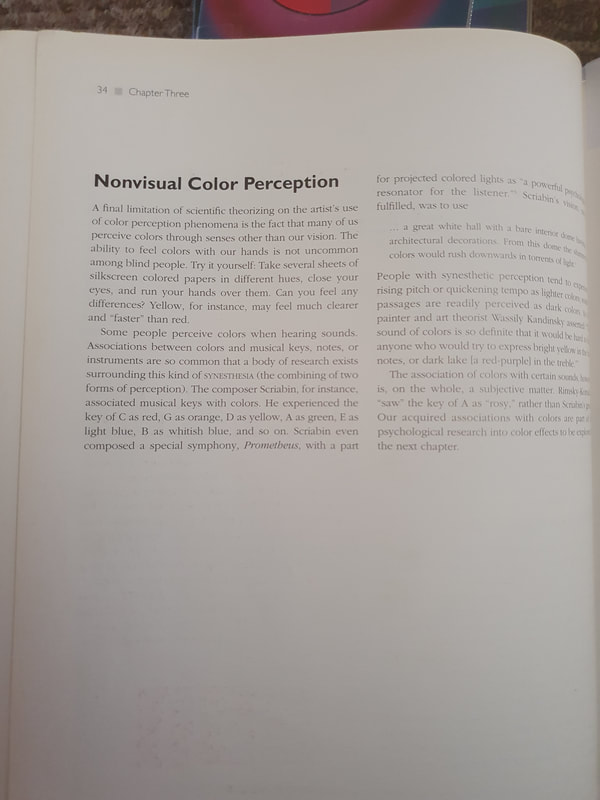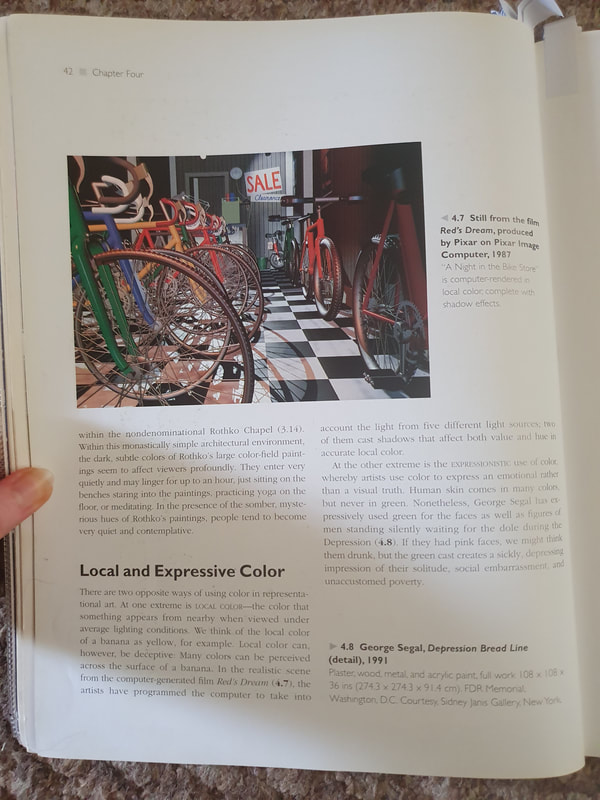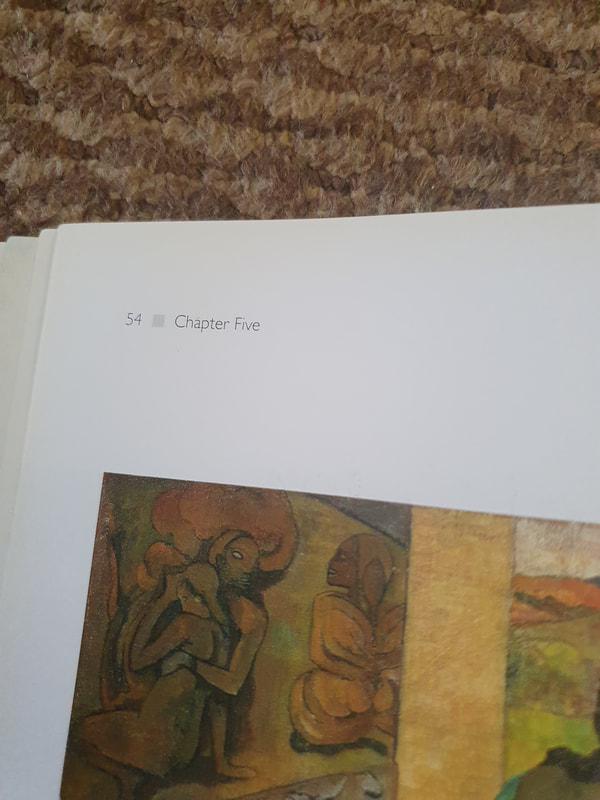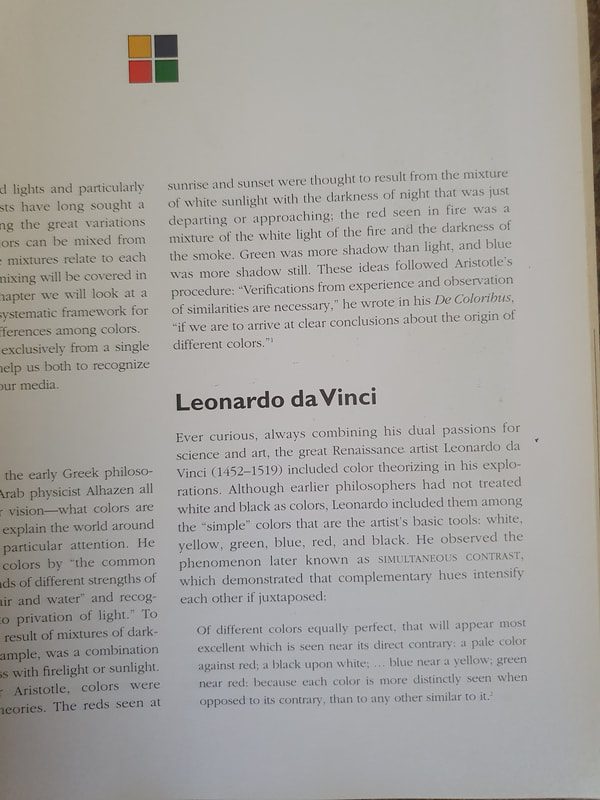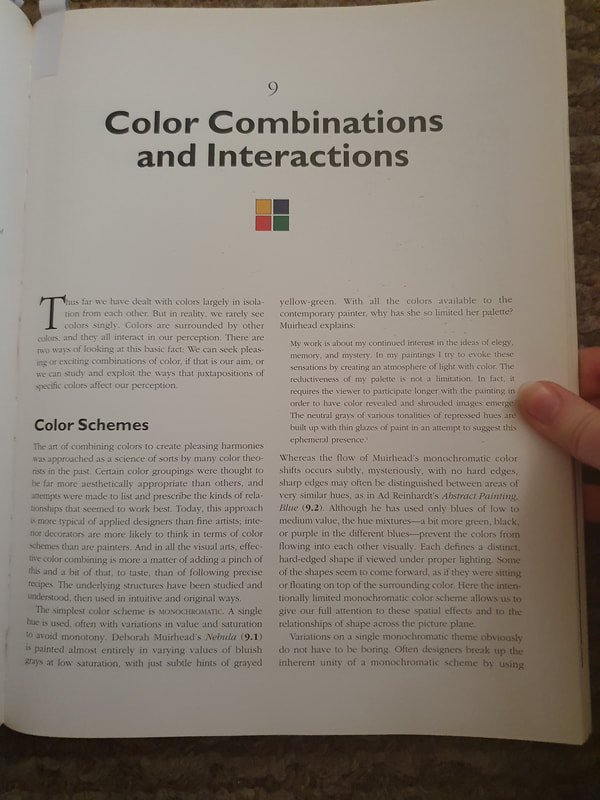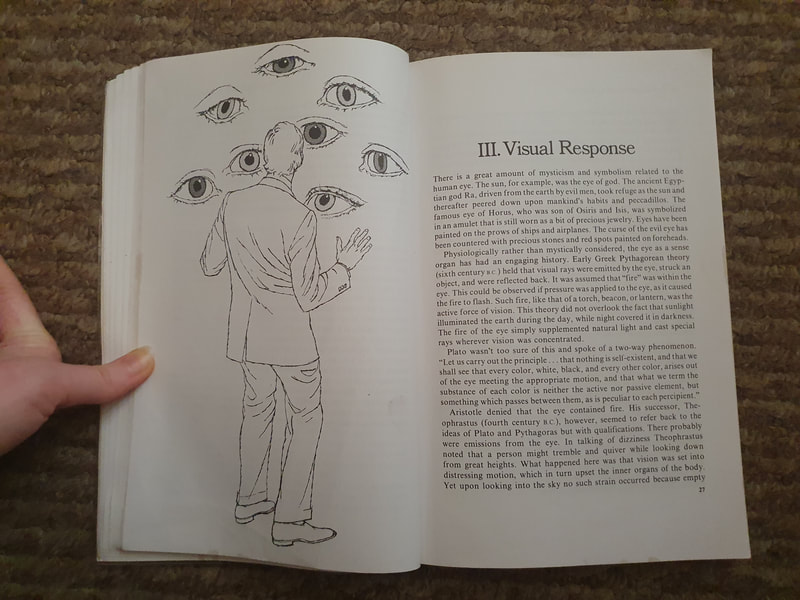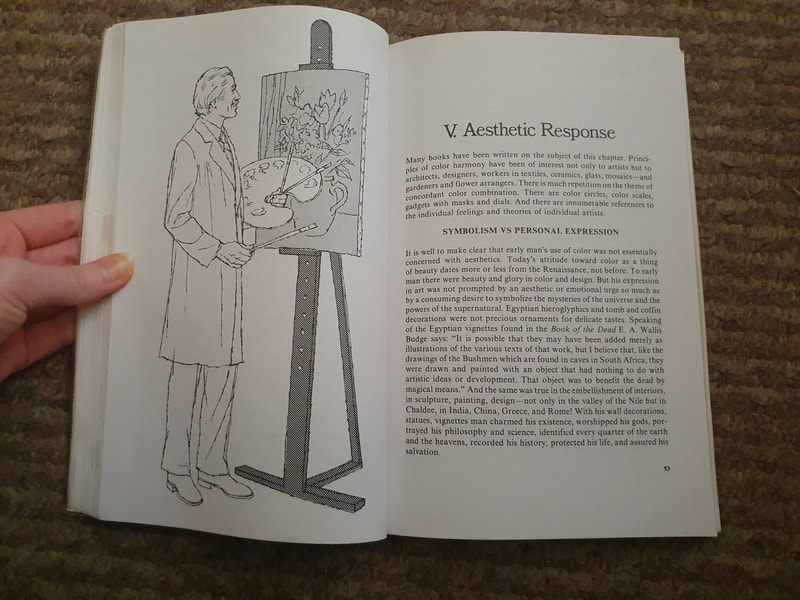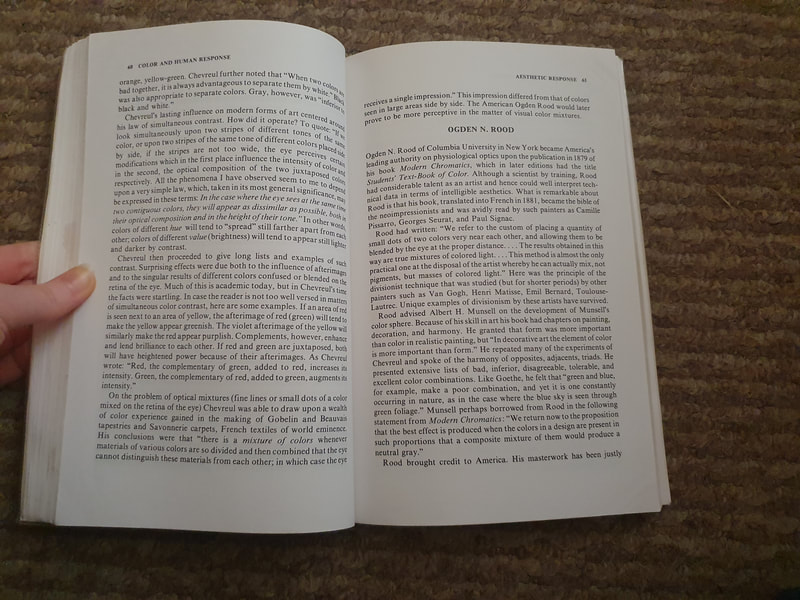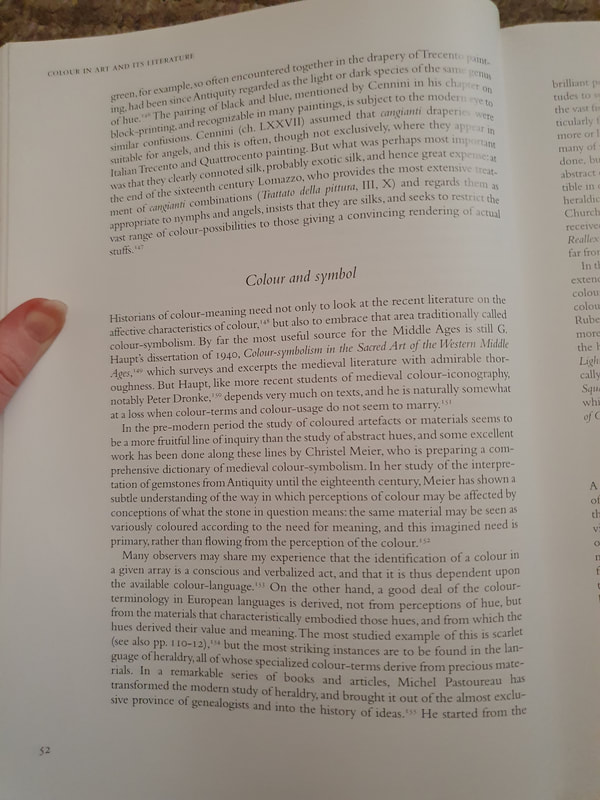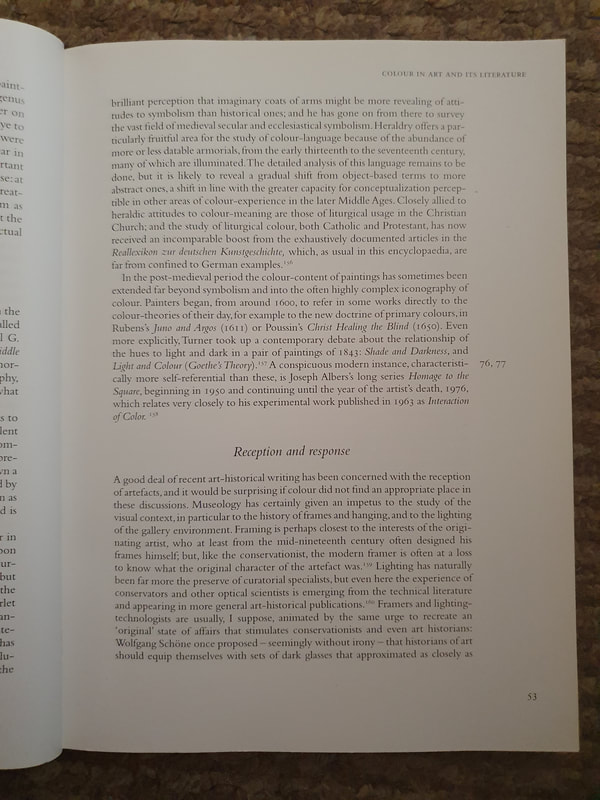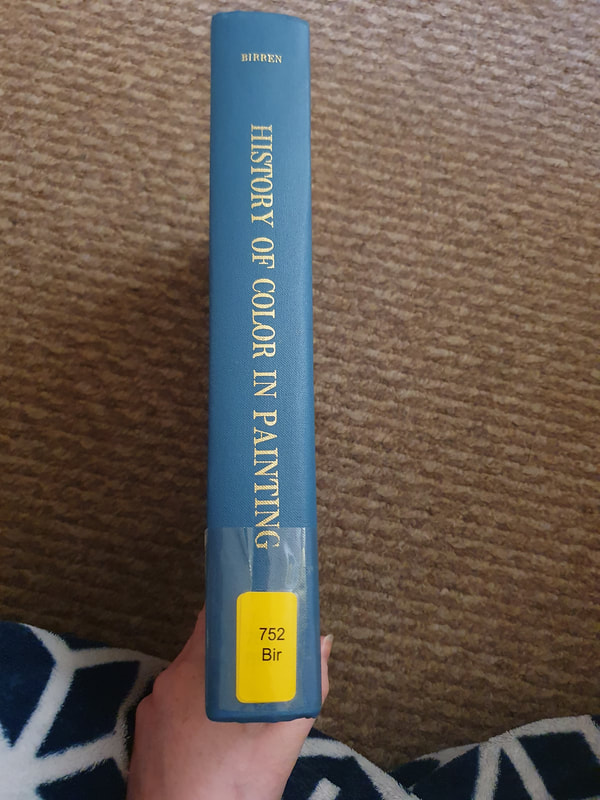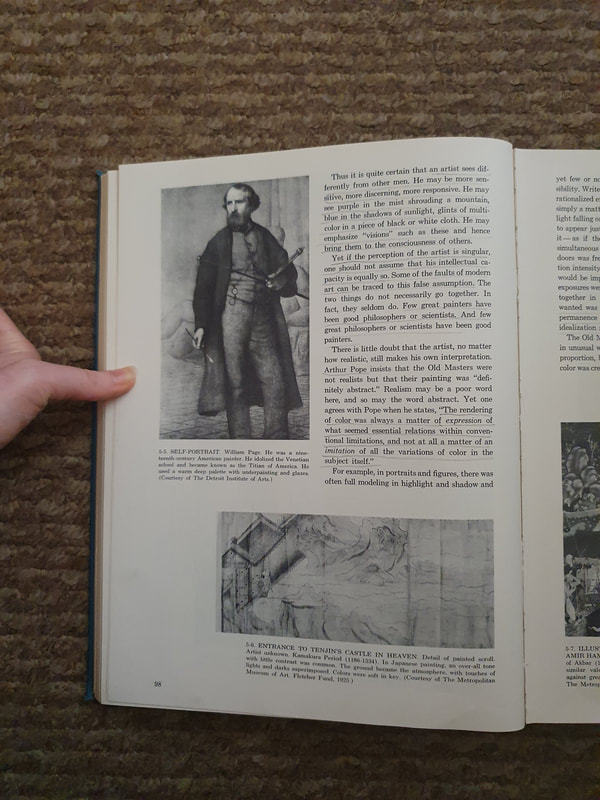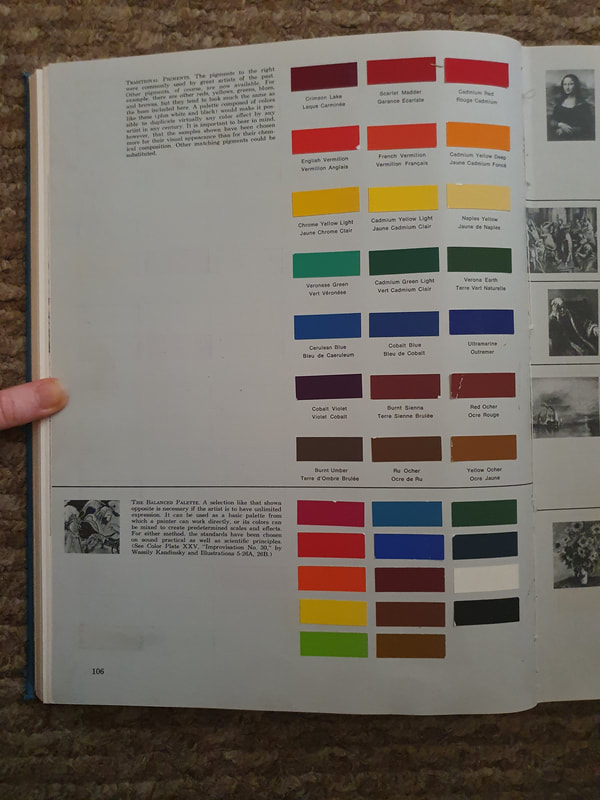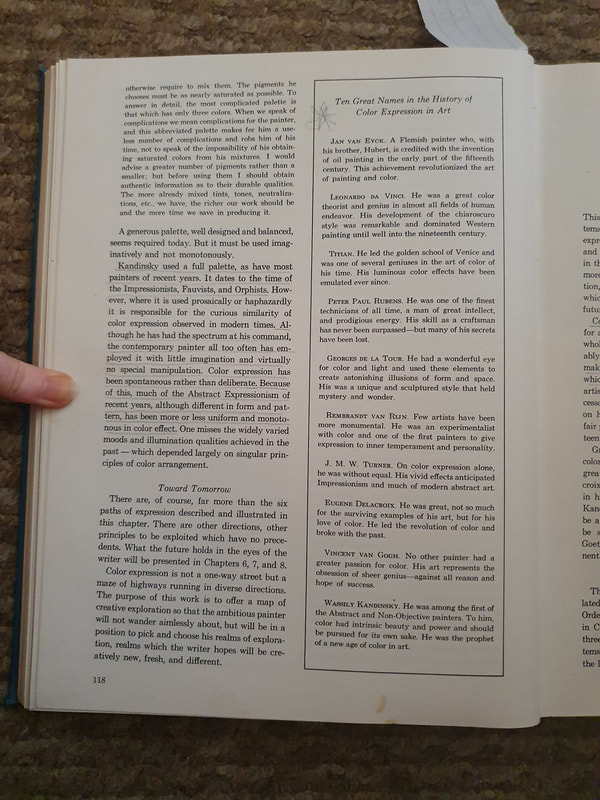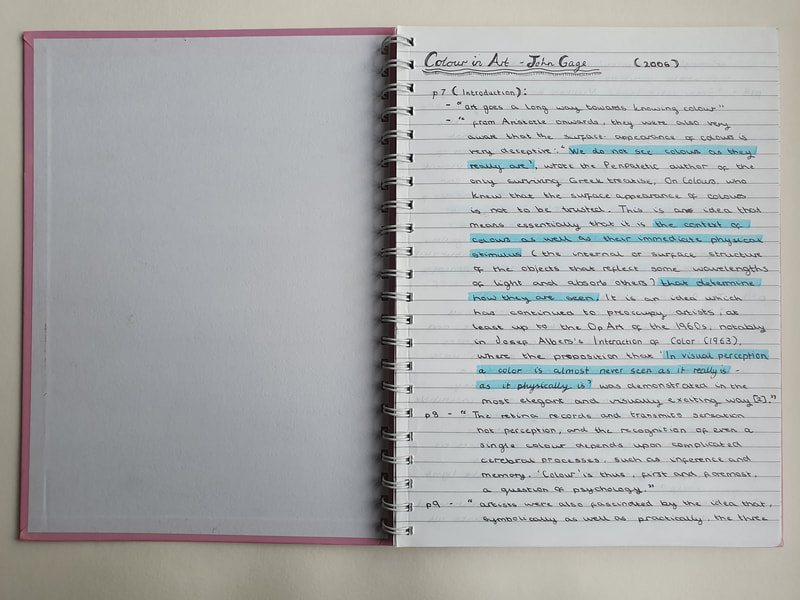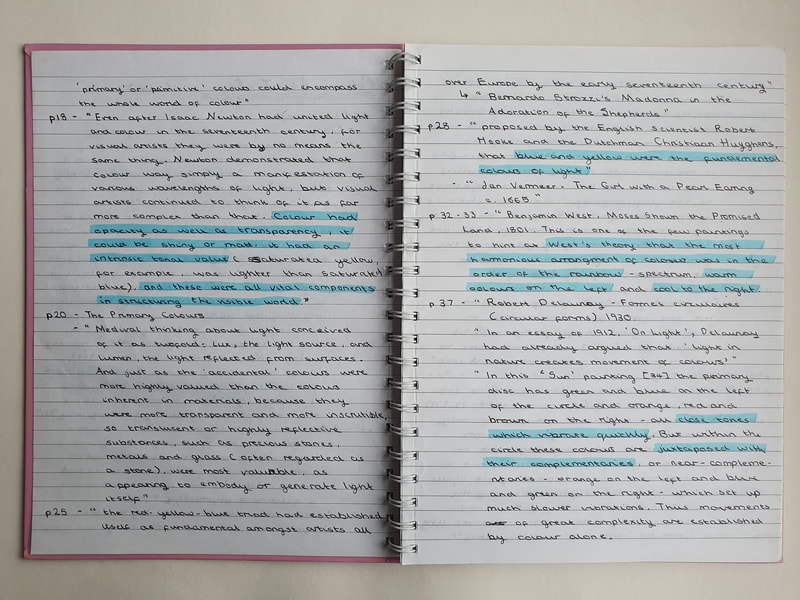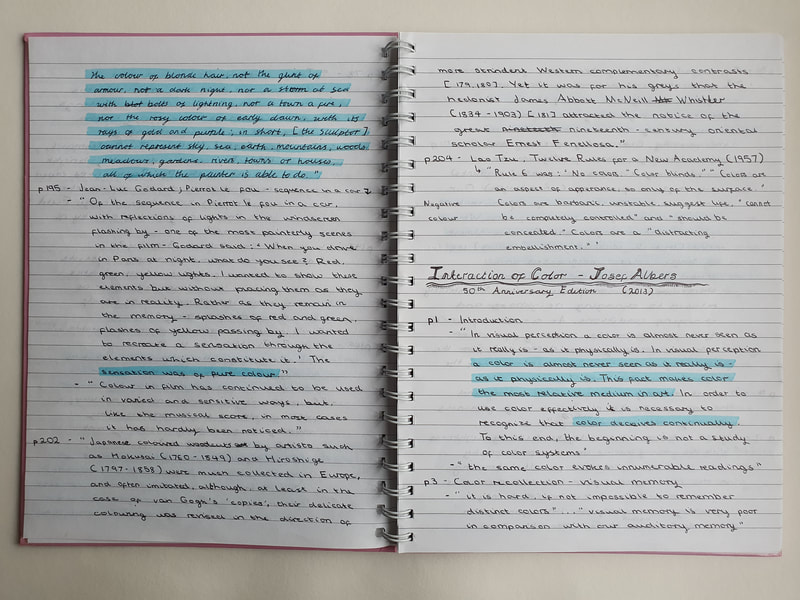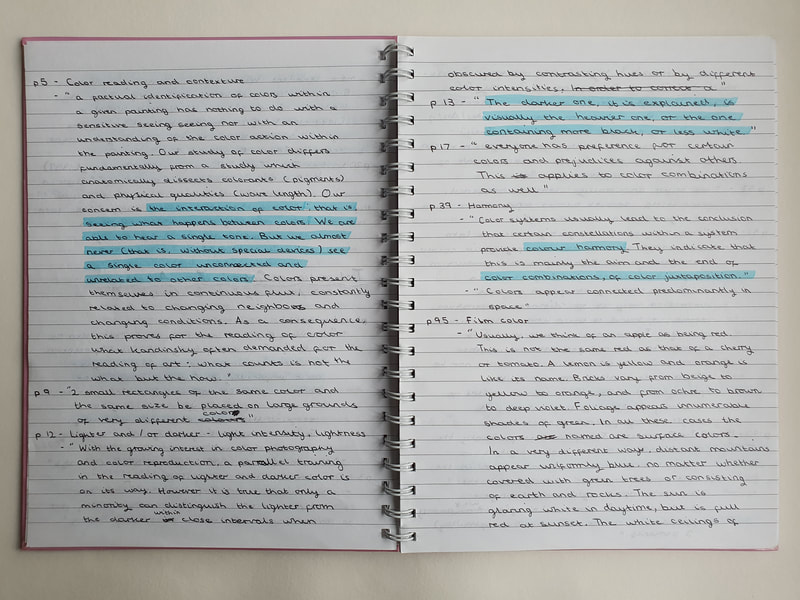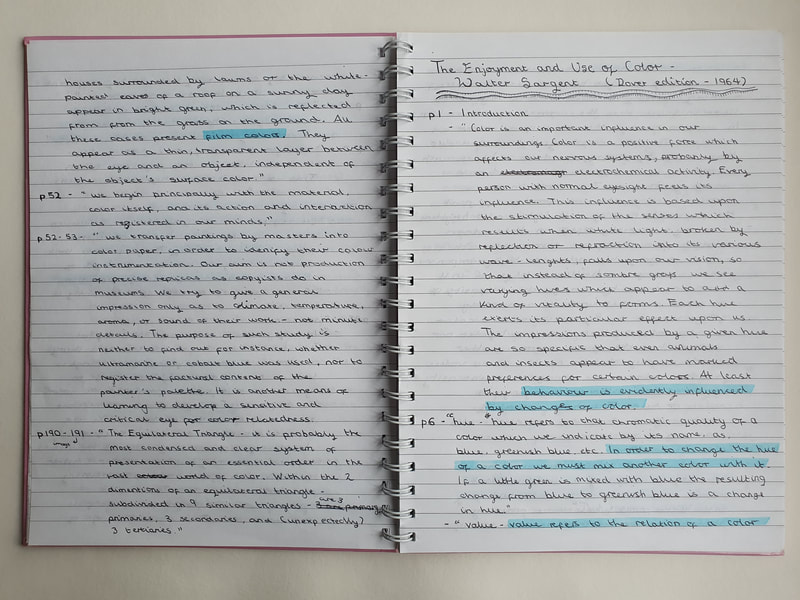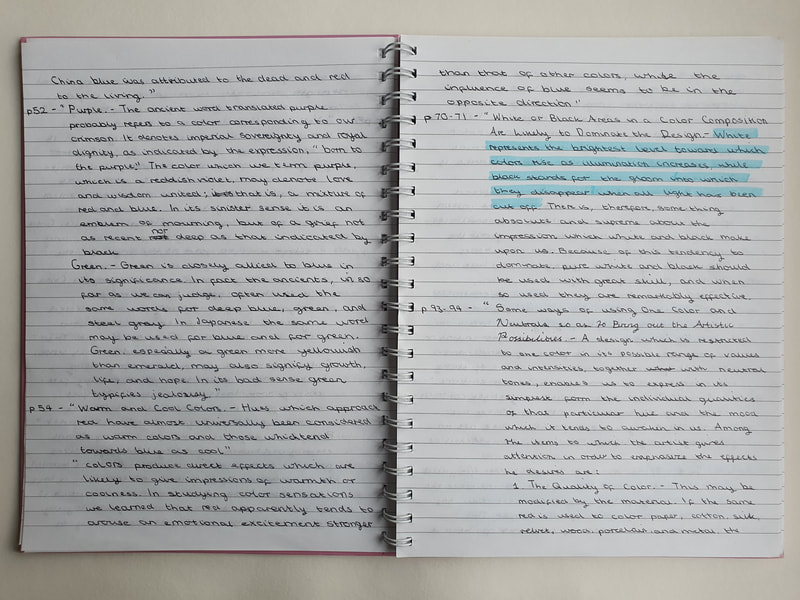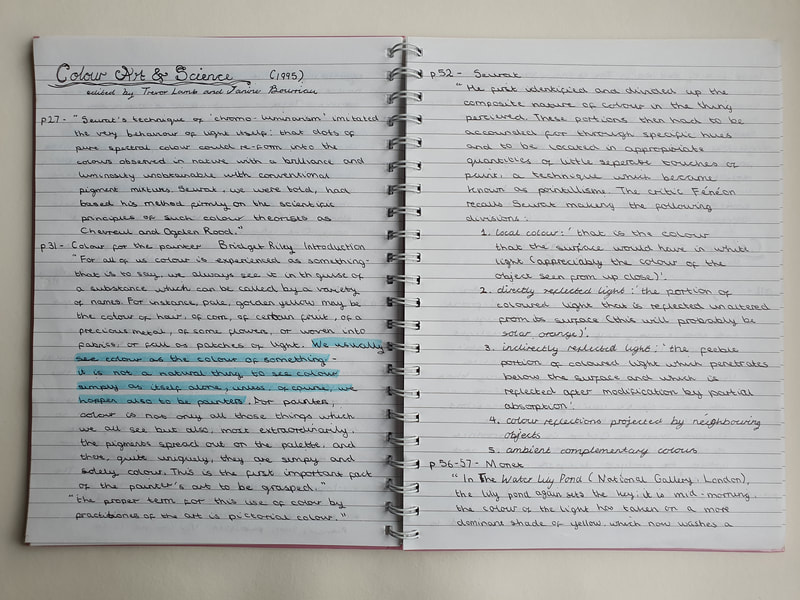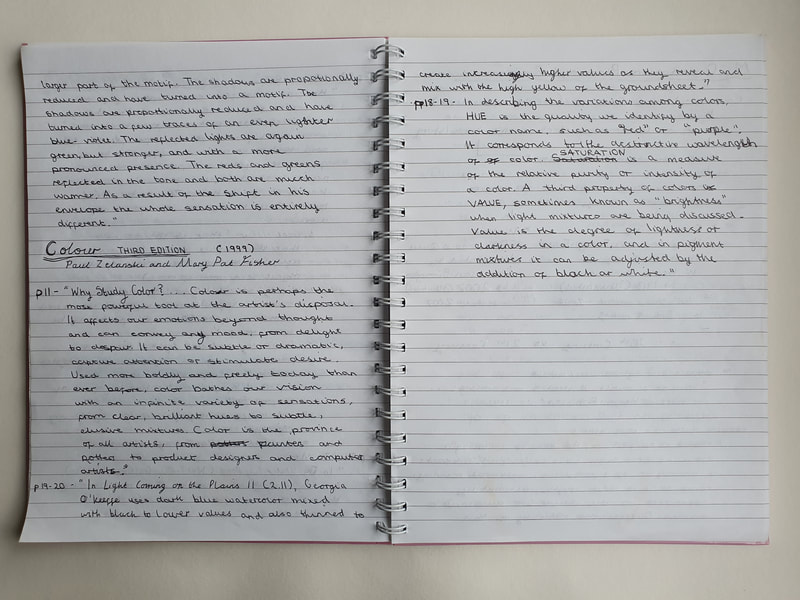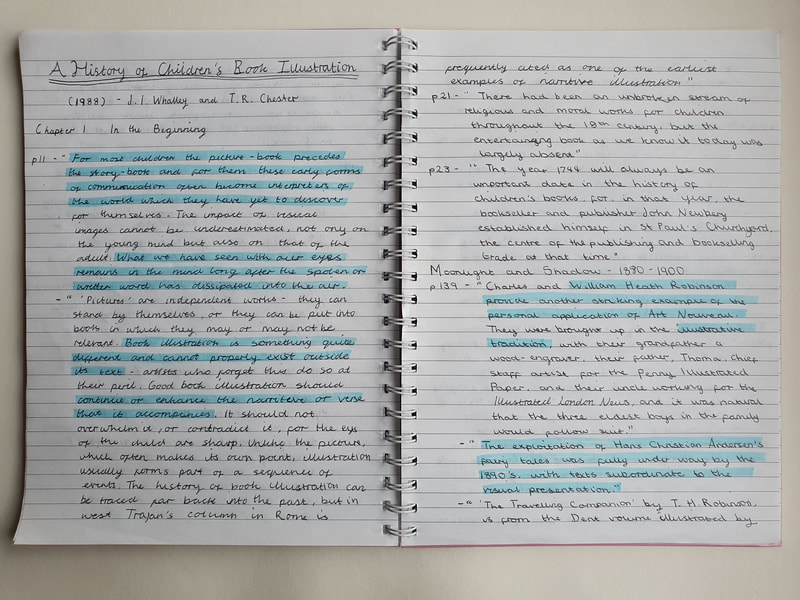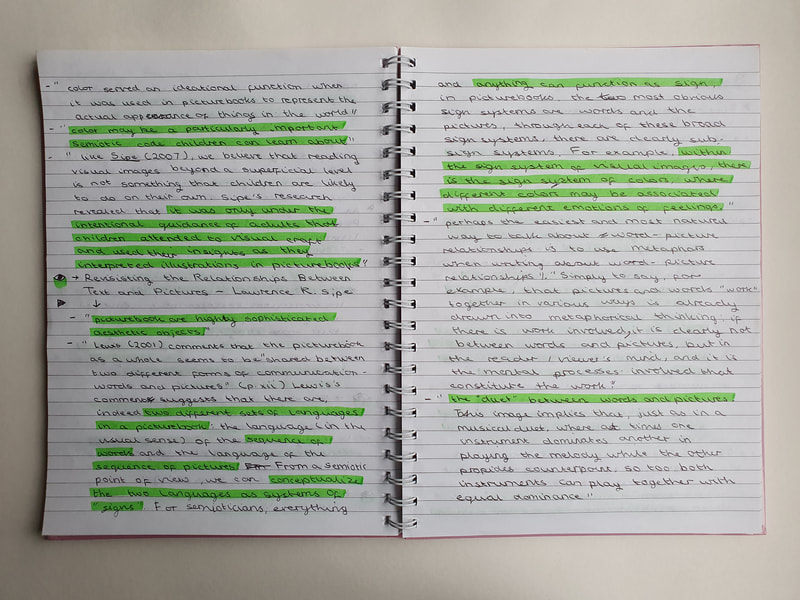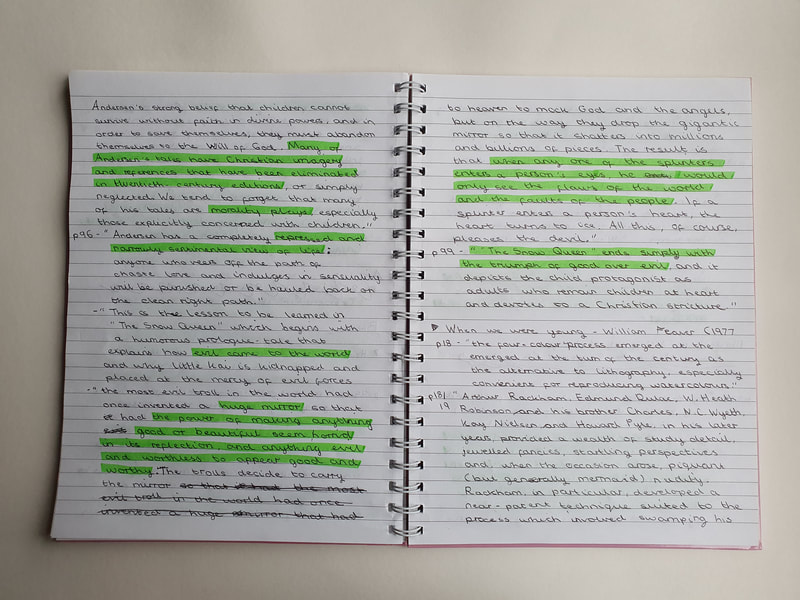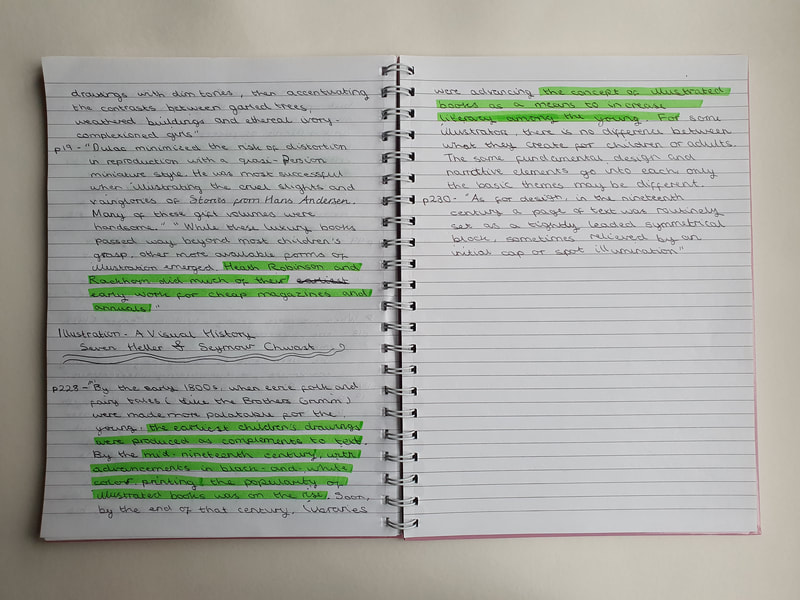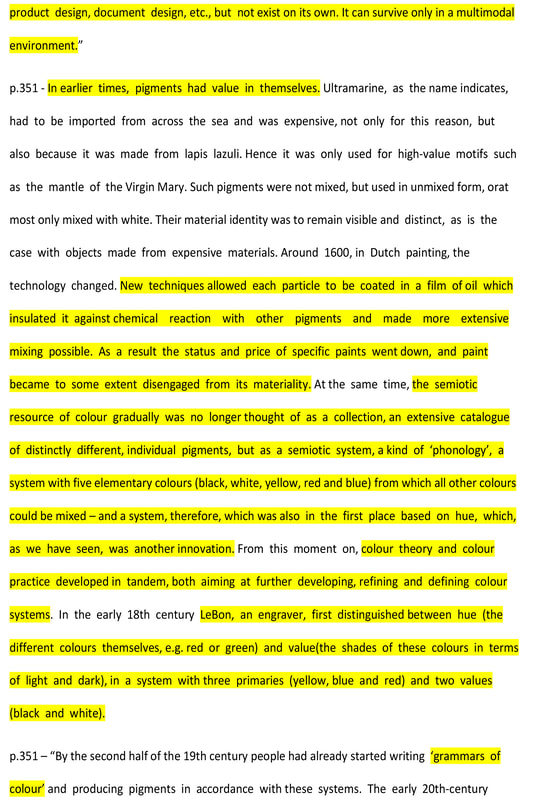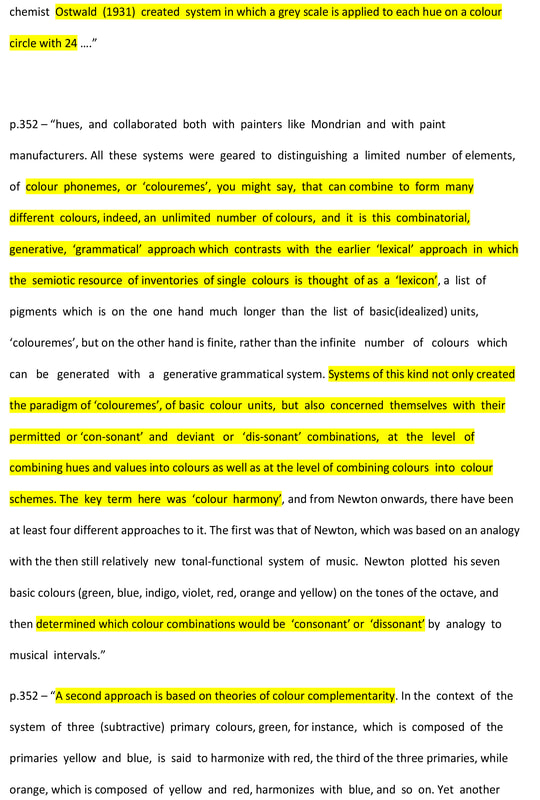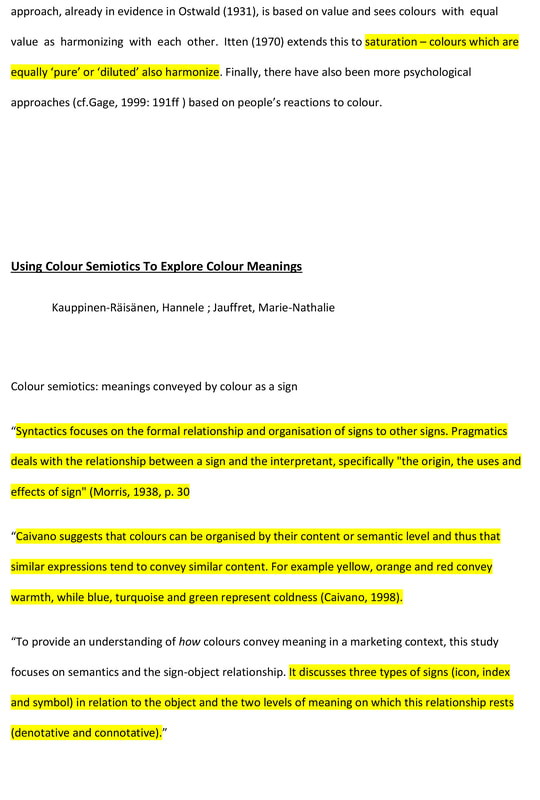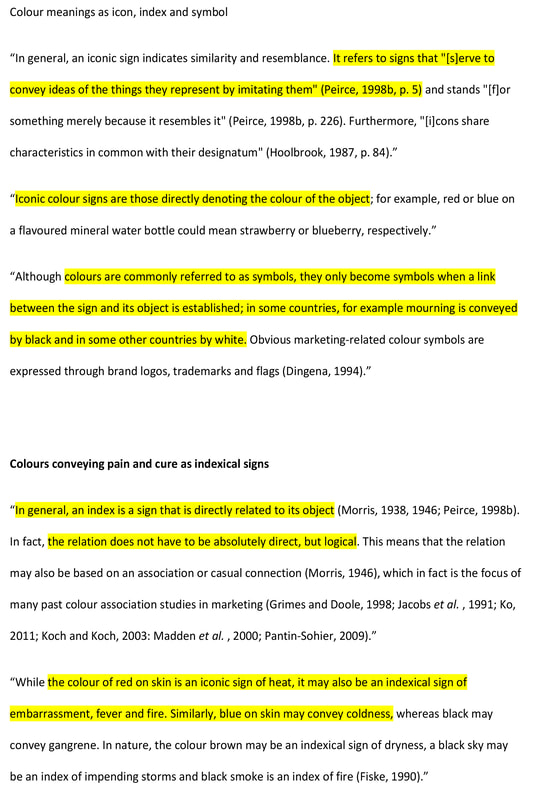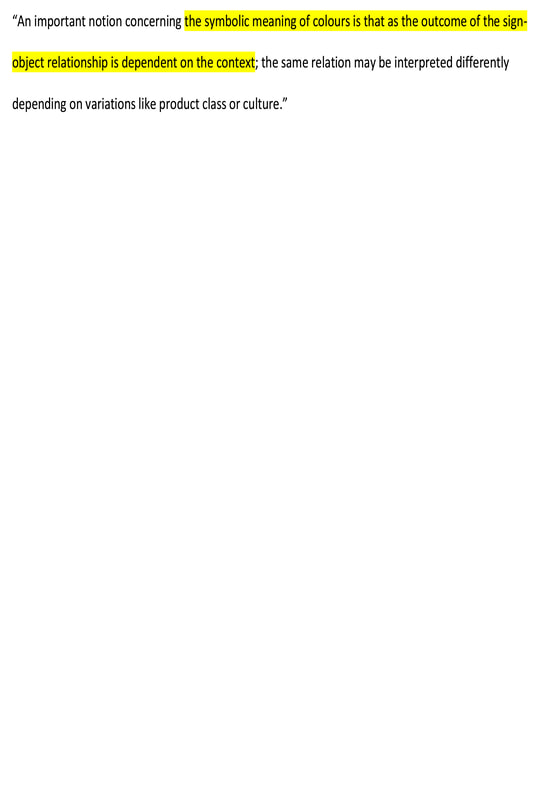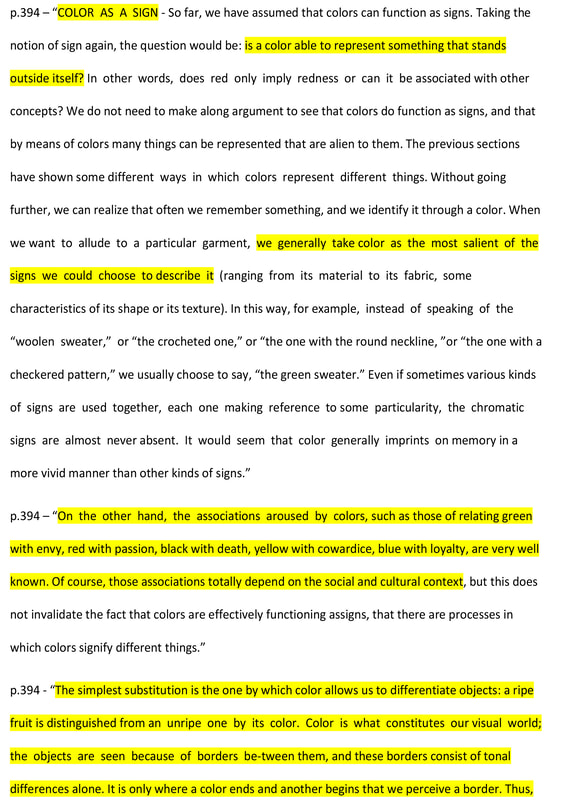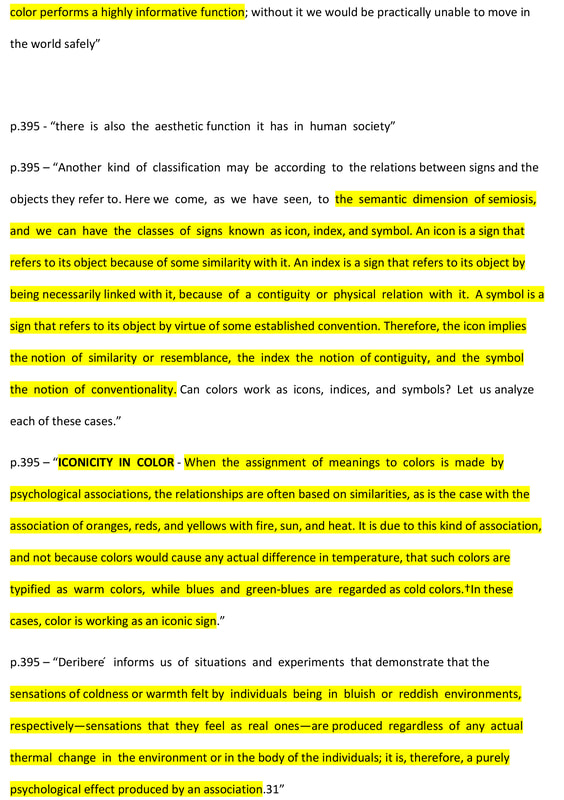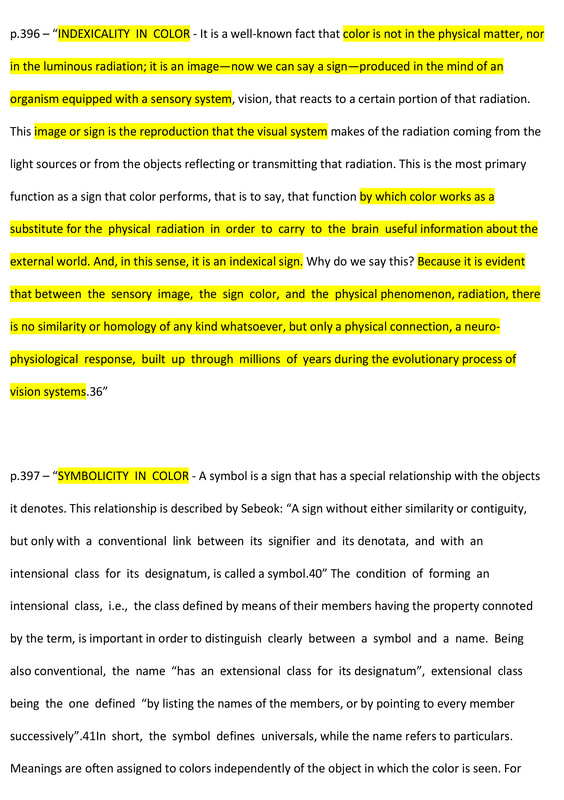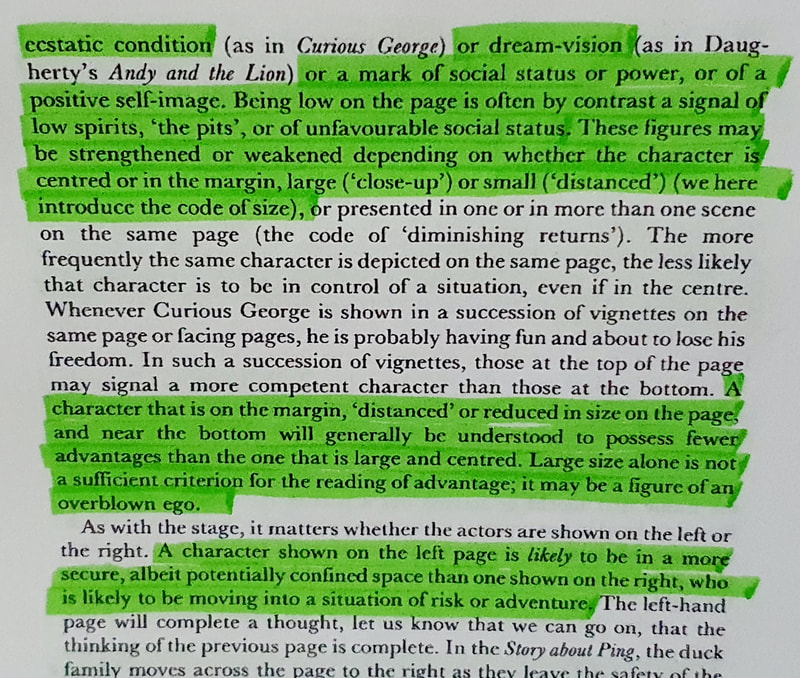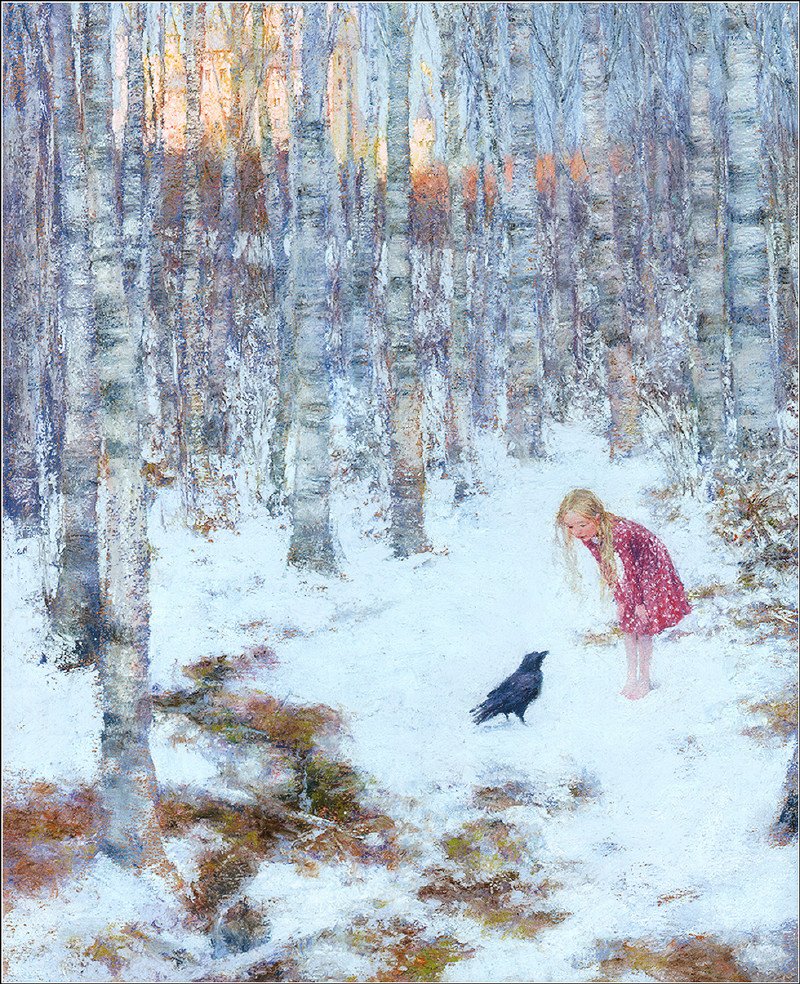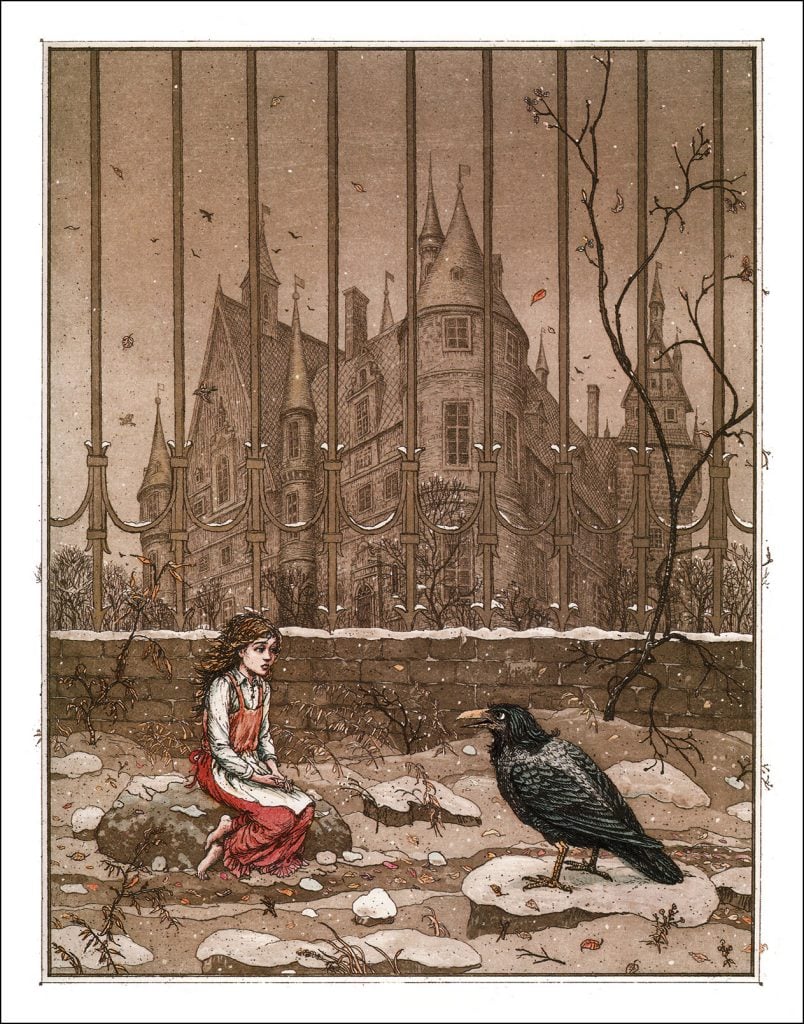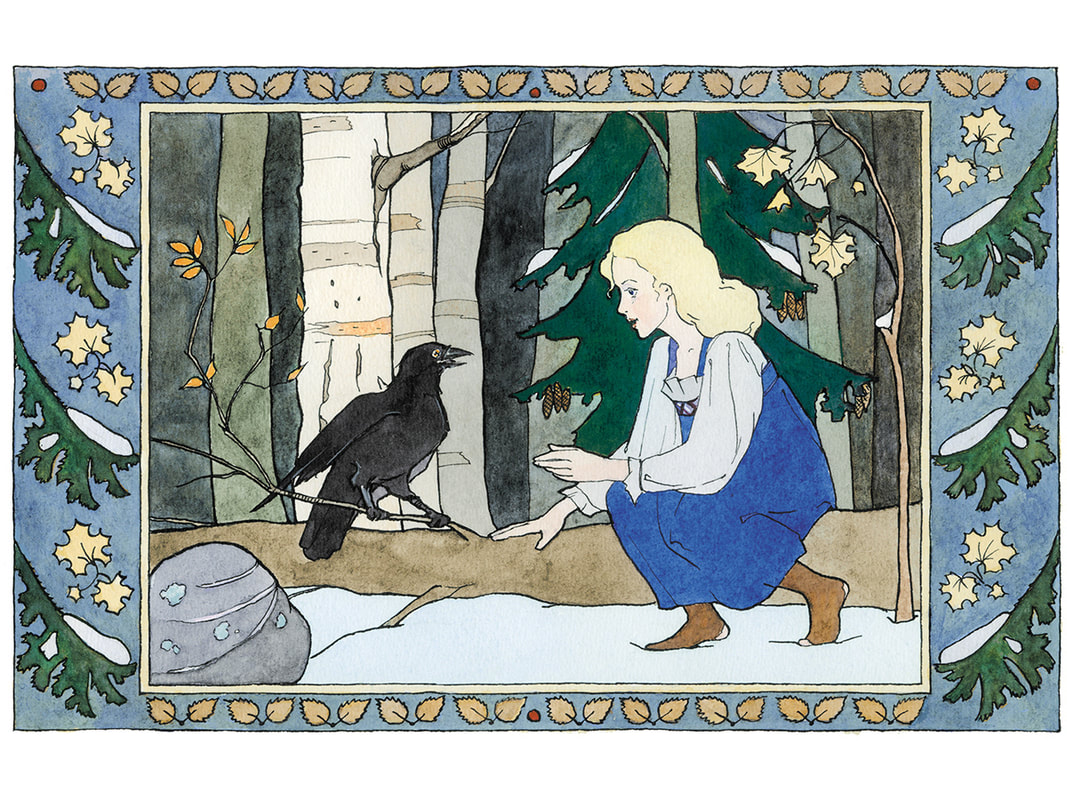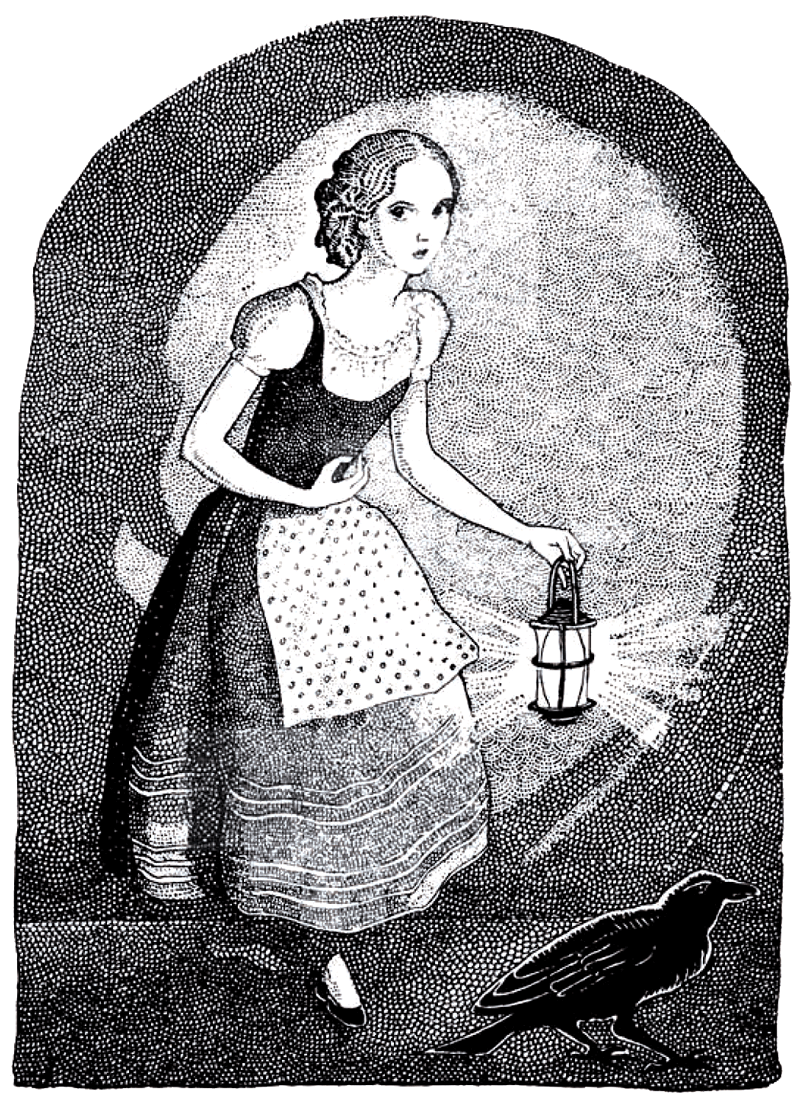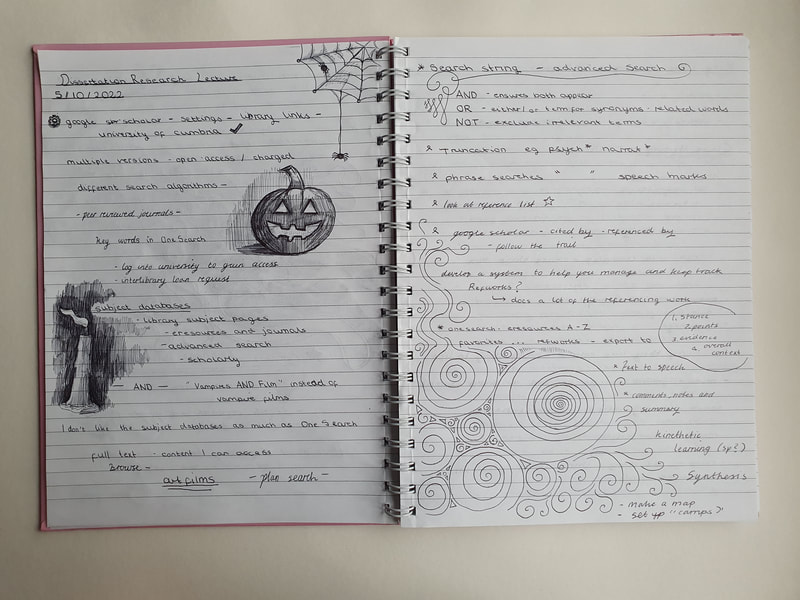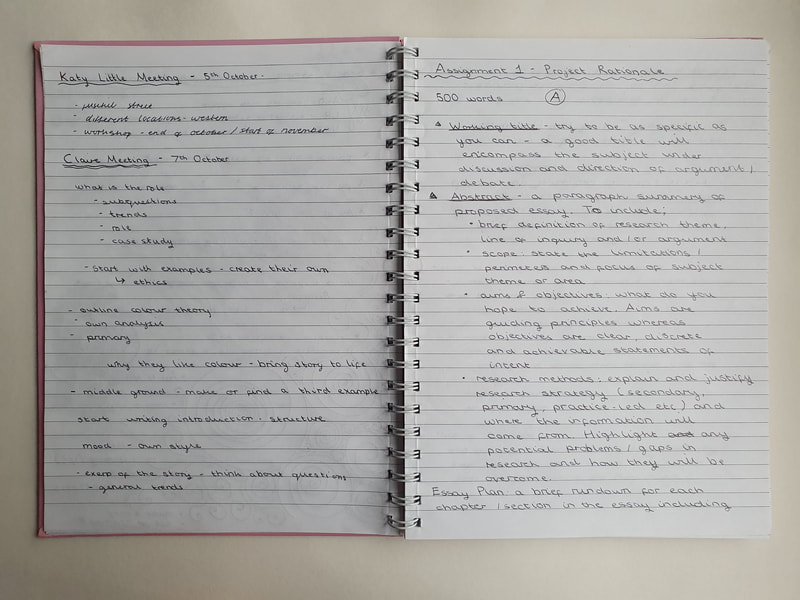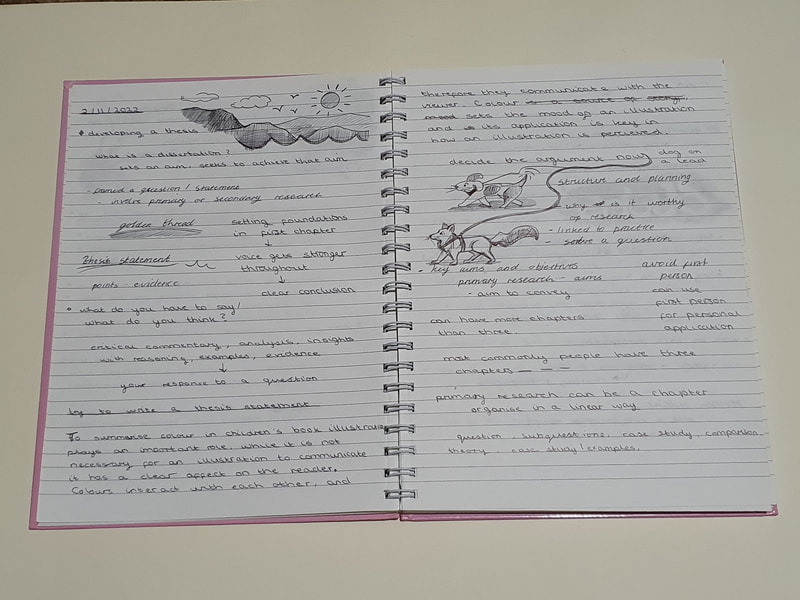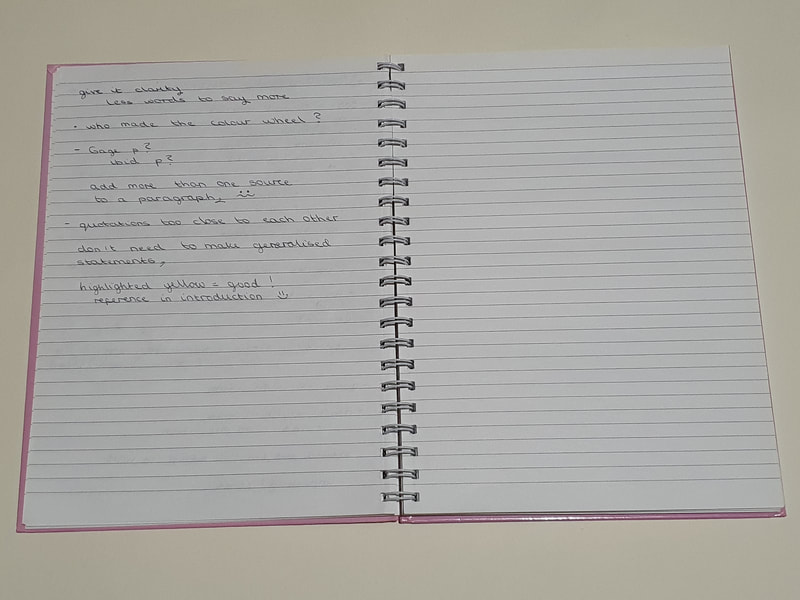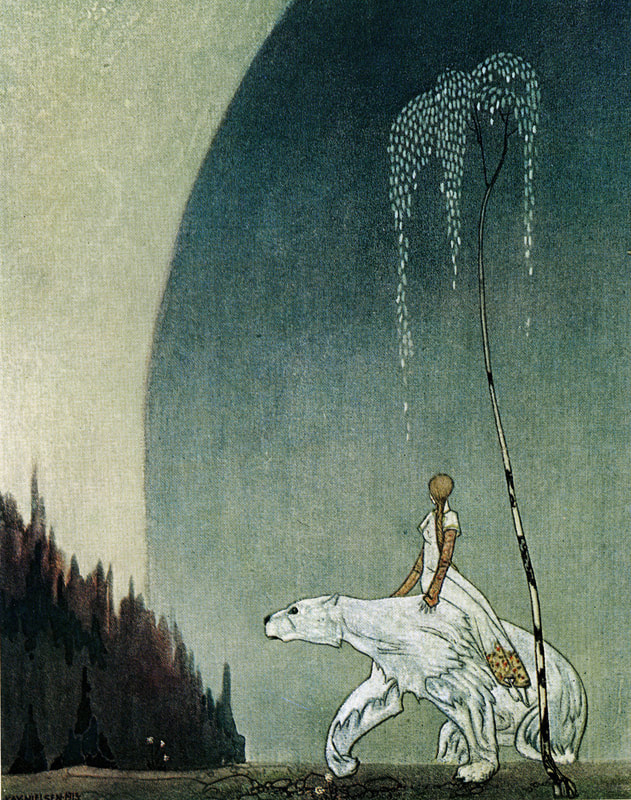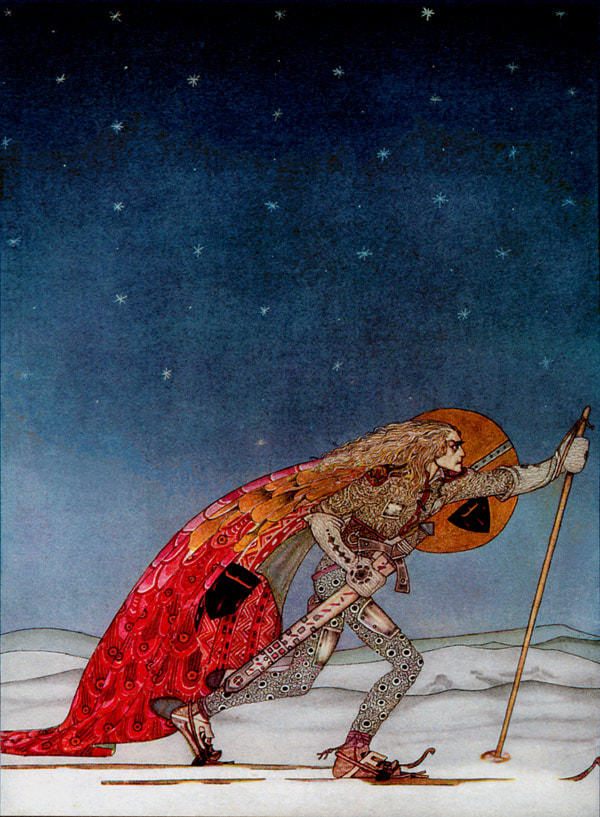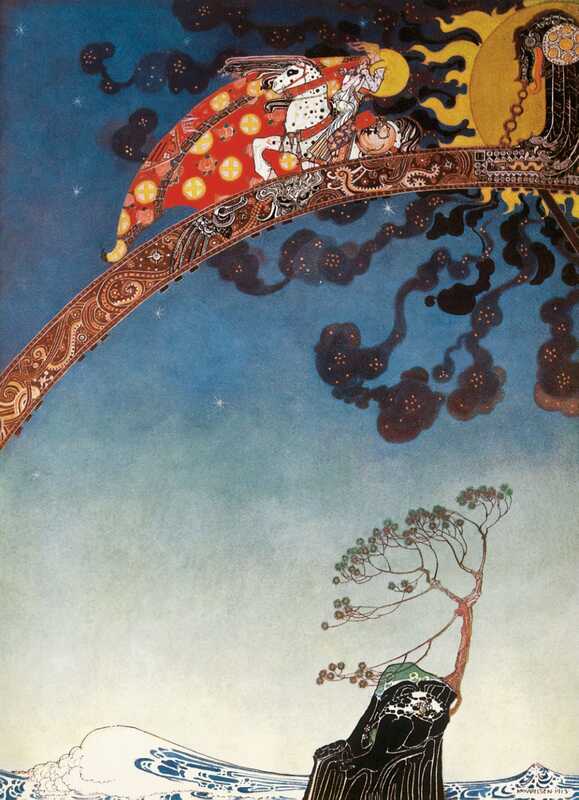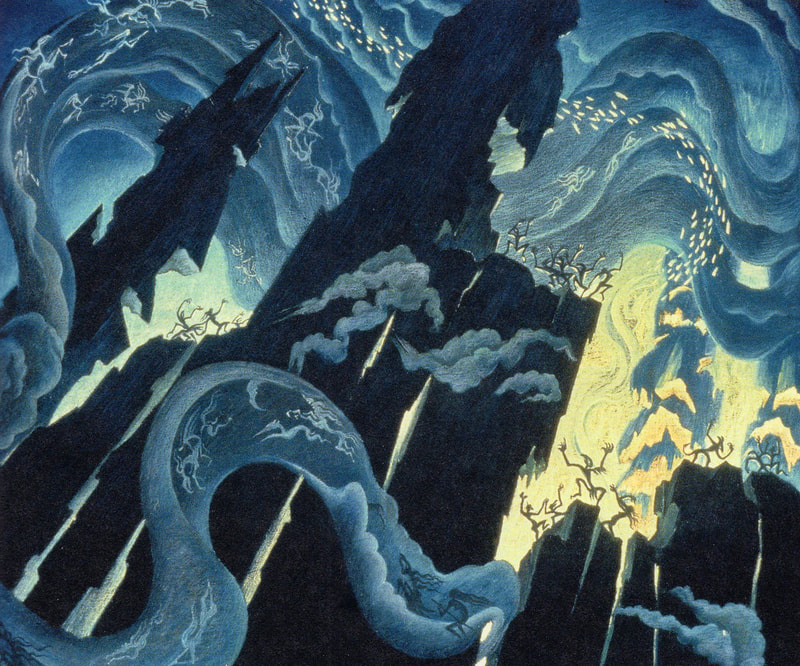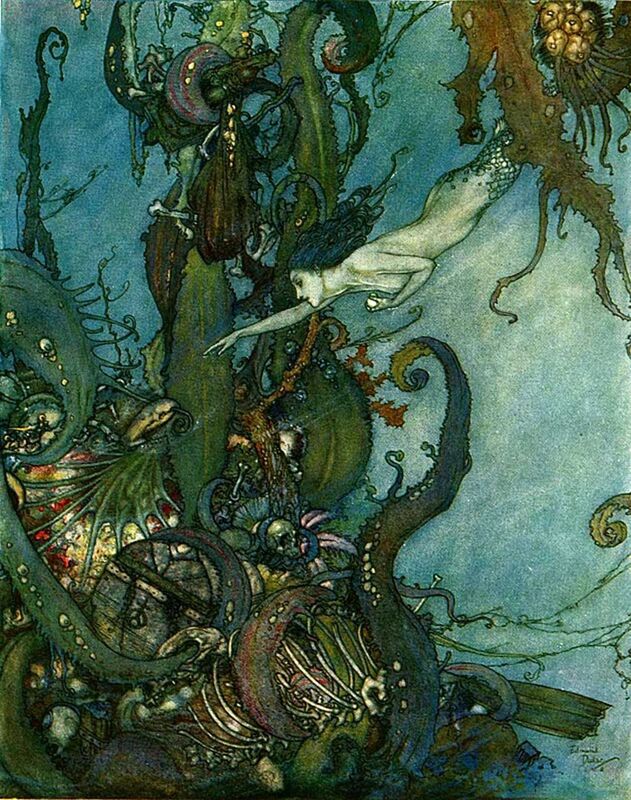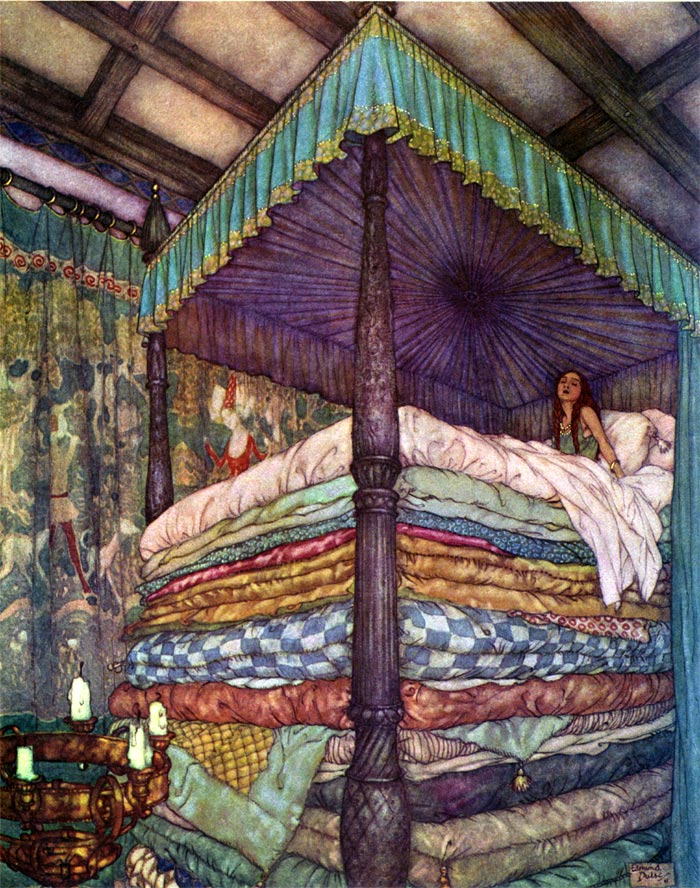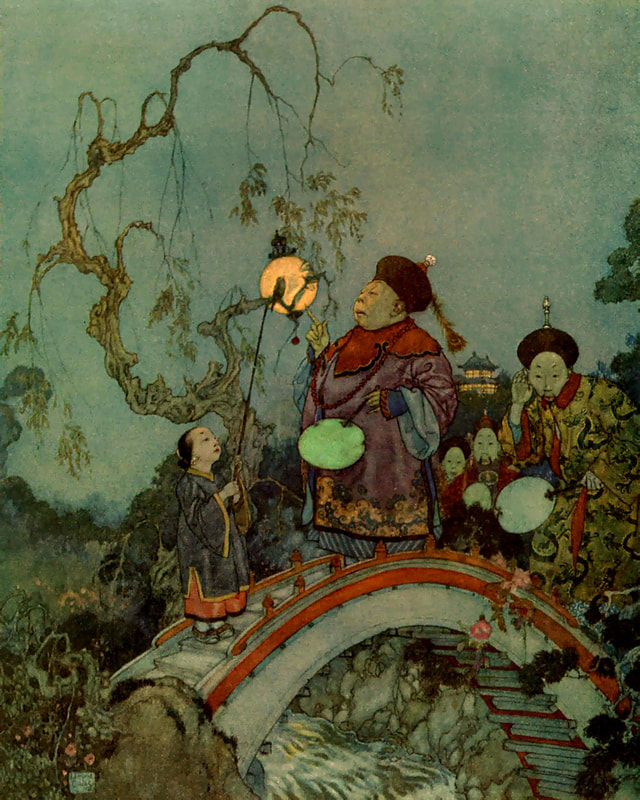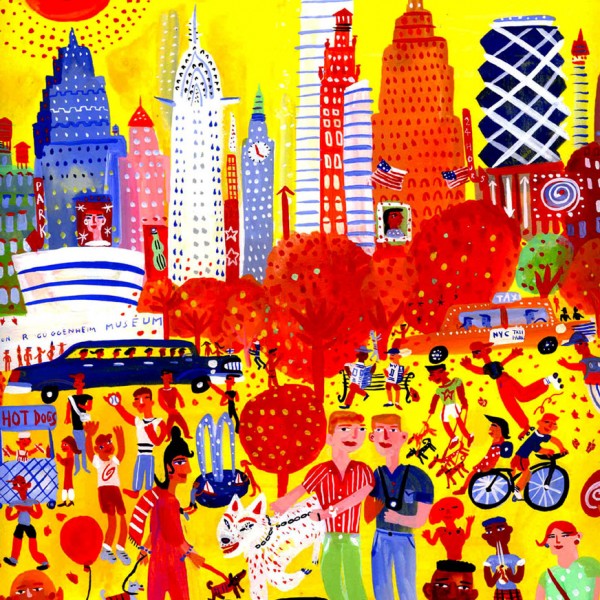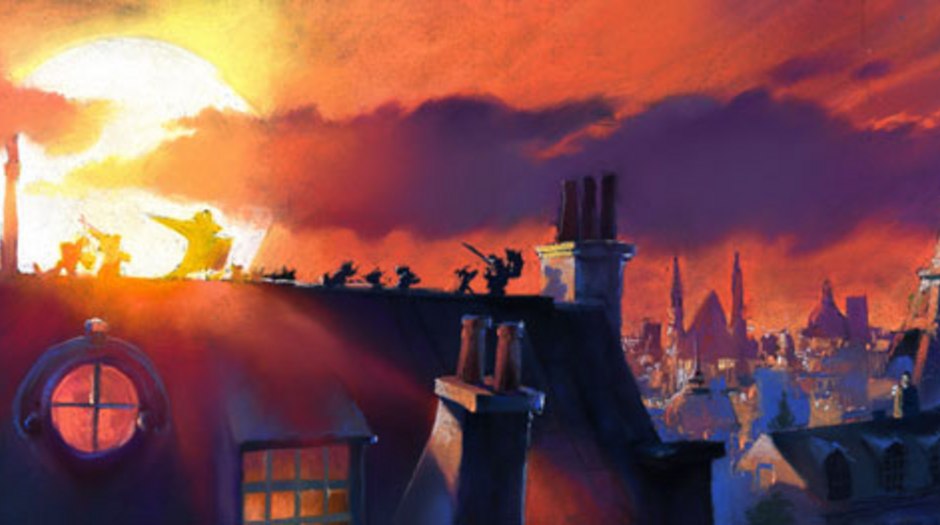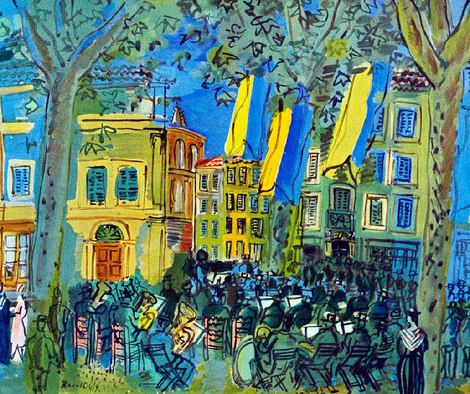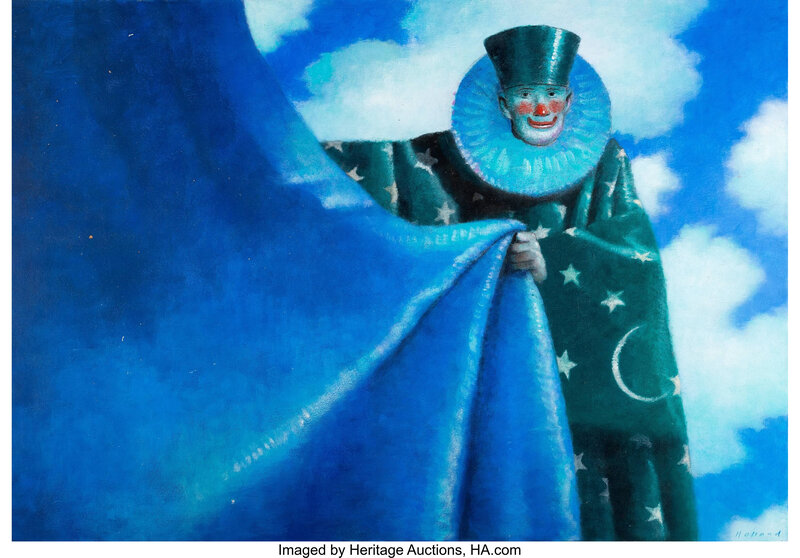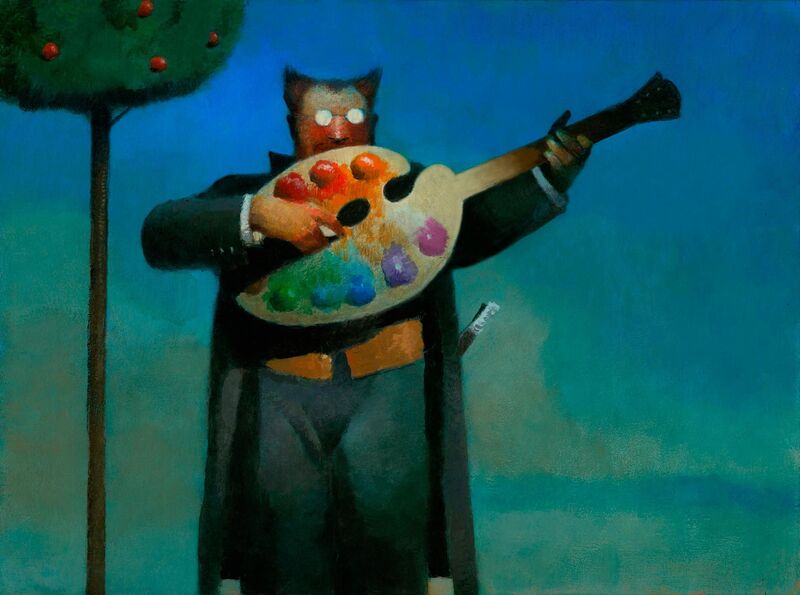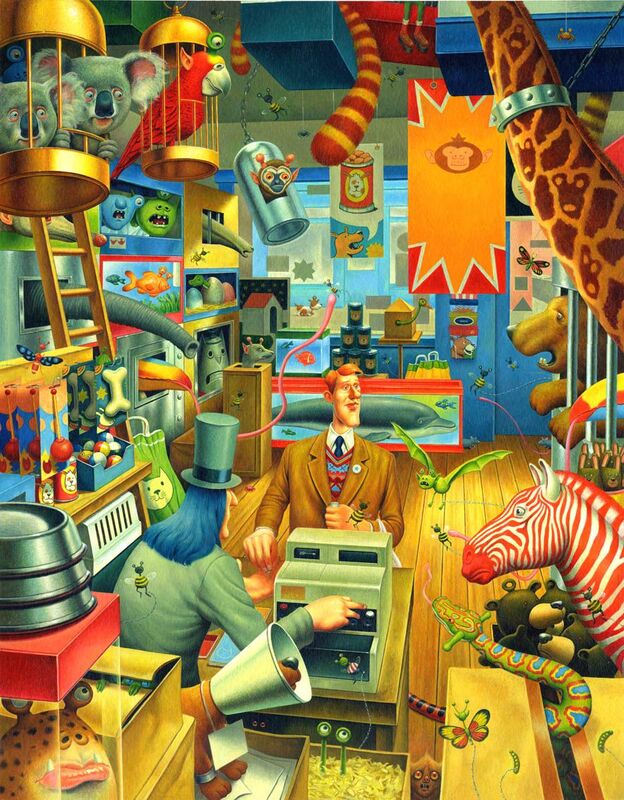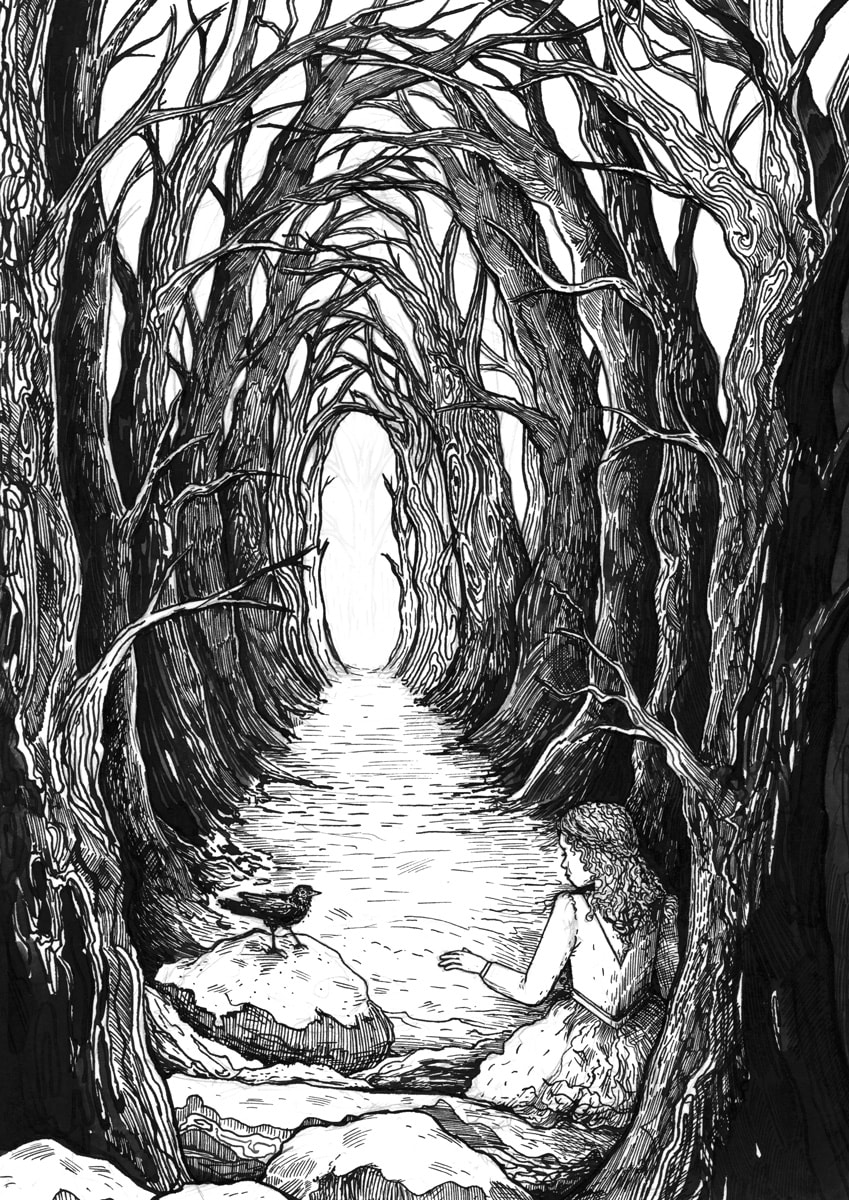- INDEPENDENT RESEARCH PAPER -
"Colour as a semiotic mode: exploring the visual adaptation of fairy tales."
Research Notes
These are the notes that I have made so far on the books that I have read, this is an ongoing process which I will add to as this project continues.
These are the notes that I have made so far on the books that I have read, this is an ongoing process which I will add to as this project continues.
Journal and Article Quotes
Illustrations For Semiotic Analysis
- The Same Scene From "The Snow Queen" by Hans Christian Andersen - Illustrated 95 Year Apart -
I am unsure whether I should compare these two images directly within my research paper or create my own illustrations to be analysed one being black and white,
another as a watercolour painting and finally a combination image combining the two. I think it would be interesting to find out which type of illustration that children prefer.
another as a watercolour painting and finally a combination image combining the two. I think it would be interesting to find out which type of illustration that children prefer.
Other Versions Of The Same Scene That I Have Found
Lecture Notes and Feedback
Discussion With Tony and Dwayne (Illustration Tutors)
When I had some questions about colour in illustration I decided to go and talk to Tony about it as he loves colour and has such a wonderful understanding of its use as more than just something to add decoration. Luckily Dwayne also joined in on the conversation so I had two different opinions, both Tony and Dwayne agreed that colour is now used as for more of a decorative element, whereas Tony said that it should be used to communicate mood and mystery. My use of colour is only at a basic level currently which is part of the reason that I chose this project, I want to improve and this improvement will surely be aided by and academic basis for my exploration. Reflecting on this conversation has made me realise that I could actually ask Tony and Dwayne these questions as part of an actually interview and record the questions, I think I am going to ask them if they would be okay doing this so I can add it into my Research Ethics Application.
When I had some questions about colour in illustration I decided to go and talk to Tony about it as he loves colour and has such a wonderful understanding of its use as more than just something to add decoration. Luckily Dwayne also joined in on the conversation so I had two different opinions, both Tony and Dwayne agreed that colour is now used as for more of a decorative element, whereas Tony said that it should be used to communicate mood and mystery. My use of colour is only at a basic level currently which is part of the reason that I chose this project, I want to improve and this improvement will surely be aided by and academic basis for my exploration. Reflecting on this conversation has made me realise that I could actually ask Tony and Dwayne these questions as part of an actually interview and record the questions, I think I am going to ask them if they would be okay doing this so I can add it into my Research Ethics Application.
Artists That Use Colour Well - As Recommended By Tony and Dwayne
Practice Based Research
Bibliography References
- Albers, J. (2013) Interaction of color. 50th Edn. New Haven, Connecticut: Yale University Press.
- Andersen, H.C. (2004) Hans Anderson's Fairy Tales. Thirteenth Printing Edn. London: The Folio Society.
- Andersen, H.C. and Lewis, N. (2007) The Snow Queen. London: Walker Books.
- Barthes, R., Lavers, A. and Smith, C. (1977) Elements of semiology. New York: Hill and Wang.
- Birren, F. (1965) History of colour in painting: with new principles of color expression. Reinhold.
- Brode, D. and Brode, S.T. (2006) Debating Disney: pedagogical perspectives on commercial cinema. Lanham: Rowman & Littlefield.
- Burchett, K. (2002) ‘Color harmony’, Color research & application, 27(1), pp.28–31.
- Caivano, J. (1998) ‘Color and semiotics: A two-way street’, Color research & application, 23(6), pp.390-401.
- Caldas, S. (2021) Palette perfect for graphic designers & illustrators: colour combinations, meanings and cultural references. Barcelona, Spain: Promopress.
- Csillag, P. (2022) ‘The visual communication impacts of Itten’s color contrasts investigated and empirically tested as basic principles for use in art and design’, Color research & application, 47(4), pp.841–854.
- Danesi, M. (2018) Of cigarettes, high heels, and other interesting things: an introduction to semiotics. New York, NY, U.S.A: Palgrave Macmillan.
- Eiseman, L. (2006) Color: messages and meanings. Gloucester, Mass: Hand.
- Feaver, W. (1977) When we were young: two centuries of children's book illustration. London: Thames and Hudson.
- Gage, J. (2000) Colour and meaning: art, science and symbolism. London: Thames & Hudson.
- Gage, J. (2006) Colour in art. London: Thames & Hudson.
- Goethe, J. (1840) Goethe’s Theory of Colours. London: John Murray.
- Heller, S. and Chwast, S. (2008) Illustration: a visual history. New York: Abrams.
- Kardaun, M. (2010) ‘Jung and the Fairy Tale, Or Nosce Te Ipsum’, PSYART : an online journal for the psychological study of the arts. [Preprint].
- Kauppinen-Räisänen, H. (2018) ‘Using colour semiotics to explore colour meanings’, Qualitative market research. 21(1), pp.101–117.
- Kress, G.R. and Van Leeuwen, T. (2006) Reading images: the grammar of visual design. 2nd Edn. London: Routledge.
- Kress, G. (2002) ‘Colour as a semiotic mode: notes for a grammar of colour’, Visual communication. 1(3), pp.343–368.
- Kuehni, R.G. (2012) Color an introduction to practice and principles. 3rd Edn. Hoboken, NJ: John Wiley & Sons, Inc.
- Lamb, T. and Bourriau, J. (1995) Colour: art & science. Cambridge: Cambridge University Press.
- Lambert, J.A. The magic of chromolithography. Available at: https://blogs.bodleian.ox.ac.uk/jjcoll/2020/05/21/the-magic-of-chromolithography/ (Accessed: 6/12/2022).
- LAU, K. (1996) ‘Structure, Society, and Symbolism: Toward a Holistic Interpretation of Fairy Tales’, Western folklore, 55(3), pp.233–243.
- Le Blon, J.C. (1720) Coloritto, or, The harmony of colouring in painting. London: Samuel Palmer.
- Lewis, D. (2001) Reading contemporary picturebooks: picturing text. London: Routledge Falmer.
- Look and Learn The Snow Queen. Illustration for Hans Andersen’s Fairy Tales in a new translation by Mrs HB Paull (Frederick Warne, c 1890). Available at: https://www.lookandlearn.com/history-images/M411766/The-Snow-Queen (Accessed: 6/12/2022).
- MacLaury, R. (2007) Anthropology of color interdisciplinary multilevel modeling. Philadelphia: J Benjamins Pub Co.
- Martinez, M., Harmon, J., Margaret Hillburn-Arnold and Wilburn, M. (2020) 'An Investigation of Color Shifts in Picturebooks', Journal of children's literature, 46(1), pp.9-22.
- Matisse, H. and Austin Community College Henri Matisse, “Notes of a Painter” (1908). Available at: https://www.austincc.edu/noel/writings/matisse%20-%20notes%20of%20a%20painter.pdf (Accessed: 8/12/2022).
- Moebius, W. (1986) ‘Introduction to picturebook codes’, Word & image, 2(2), pp.141–158.
- Muir, A. (2022) INDEPENDENT RESEARCH PAPER. Available at: https://ayeishamuir.grillust.uk/the-independent-research-paper.html (Accessed: 14/12/2022).
- Painter, C., Martin, J.R. and Unsworth, L. (2013) Reading visual narratives: image analysis of children's picture books. Sheffield, UK: Equinox.
- Pook Press The Snow Queen – Fourth Story. Available at: https://www.pookpress.co.uk/the-snow-queen-fourth-story/ (Accessed: 23/11/2022).
- Sargent, W. (1964) The enjoyment and use of color. New York: Dover Publications.
- Silva, F.V.d. (2007) 'Red as Blood, White as Snow, Black as Crow: Chromatic Symbolism of Womanhood in Fairy Tales', Marvels & tales, 21(2), pp.240-252.
- Sipe, L. (2012) ‘Revisiting the Relationships Between Text and Pictures’, Children’s literature in education, 43(1), pp.4–21.
- Smithsonian Libraries The Science Of Color. Available at: https://library.si.edu/exhibition/color-in-a-new-light/science (Accessed: 9/12/2022).
- Sutton, T. and Whelan, B.M. (2004) The complete color harmony: expert color information for professional color results. Gloucester, Mass: Rockport.
- Urtheil, H.L. (1998) Producing the Princess Collection: An historical look at the animation of a Disney heroine. Emory University: ProQuest Dissertations Publishing.
- Walker, V. (1976) ‘Symbols, Fairy Tales, and School-Age Children’, The elementary school journal, 77(2), pp.94–100.
- Weinstein, A. (2005) Once upon a time illustrations from fairytales, fables, primers, pop-ups, and other children's books. 1st Edn. New York: Princeton Architectural Press.
- Whalley, J.I. and Chester, T.R. (1988) A history of children's book illustration. Murray/Victoria and Albert Museum.
- Zelanski, P. and Fisher, M.P. (1999) Colour. 3rd Edn. London: Herbert Press.
- Zipes, J. (1937) Fairy Tale As Myth/Myth As Fairy Tale. Lexington: University Press of Kentucky.
- Zipes, J.D. (2005) Hans Christian Andersen: the misunderstood storyteller. London: Routledge.
- Zipes, J. (2012) Fairy Tales and the Art of Subversion. Hoboken: Taylor and Francis.


